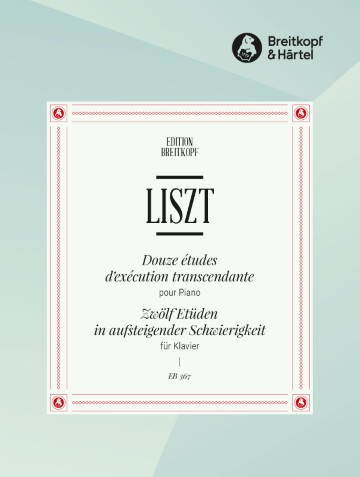Vor und zurueck

Back and forth is developed from a rhythm model of Beethoven's 13th Diabelli Variation. From this, all rhythmic relationships are derived according to the individually…
R.R.P 24
Our Price: 20
Digital Download – PDF
Please create and forward a copy of this publication to the customer




